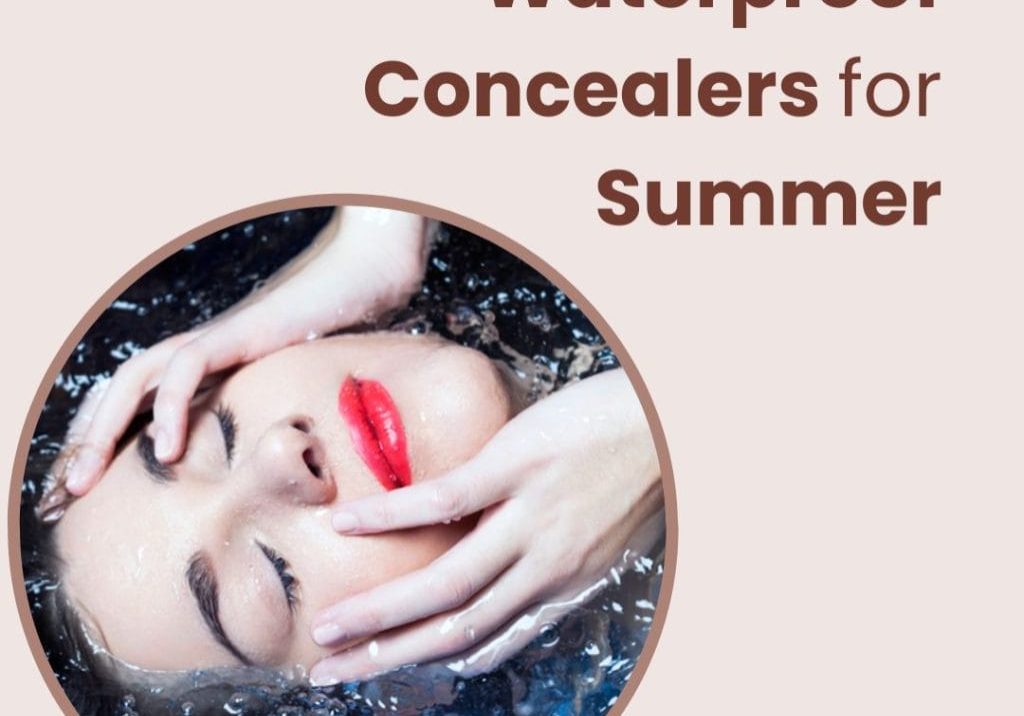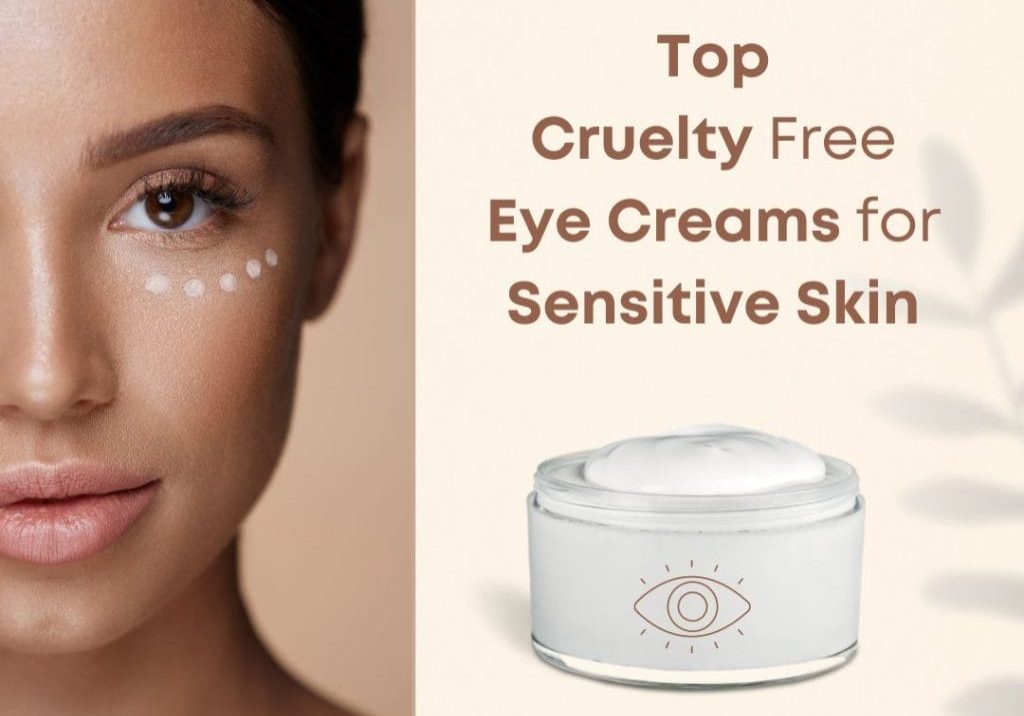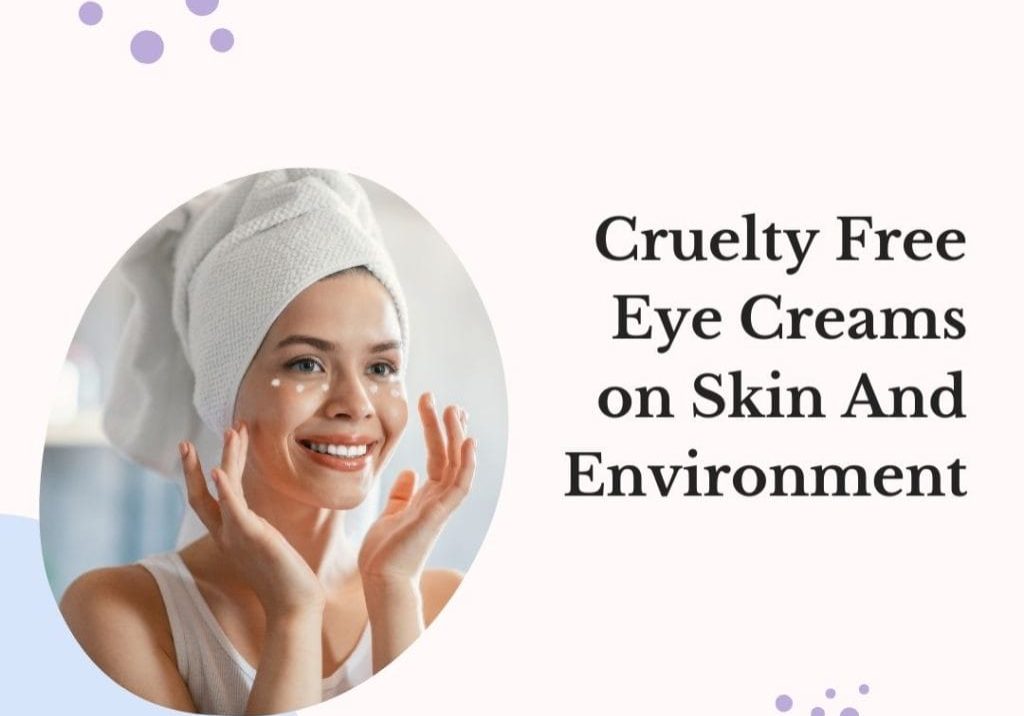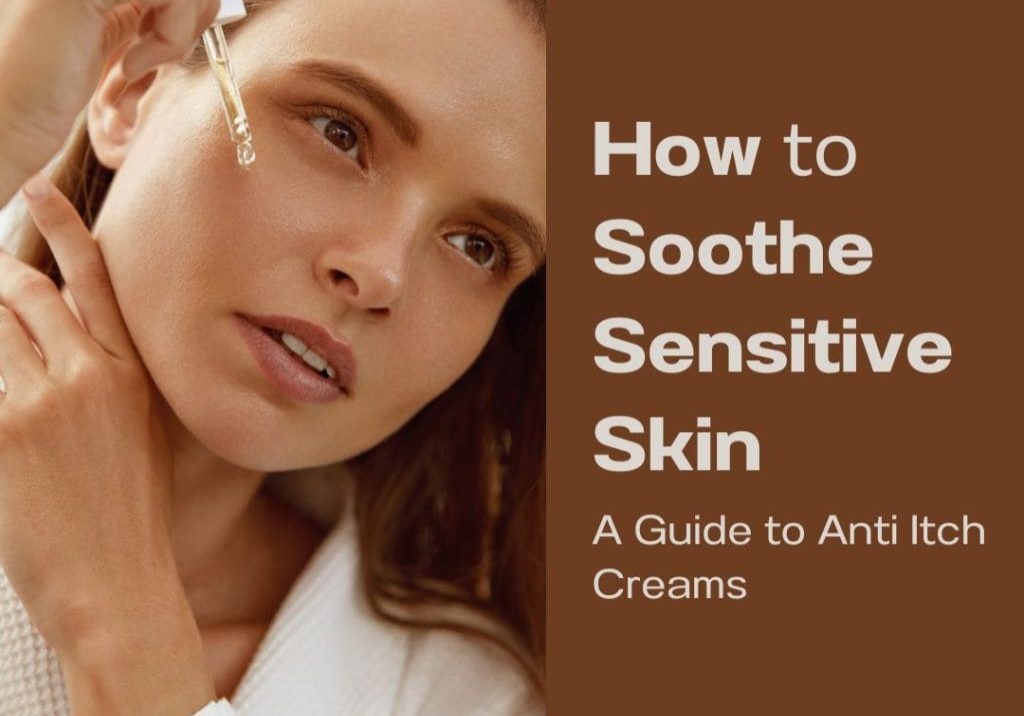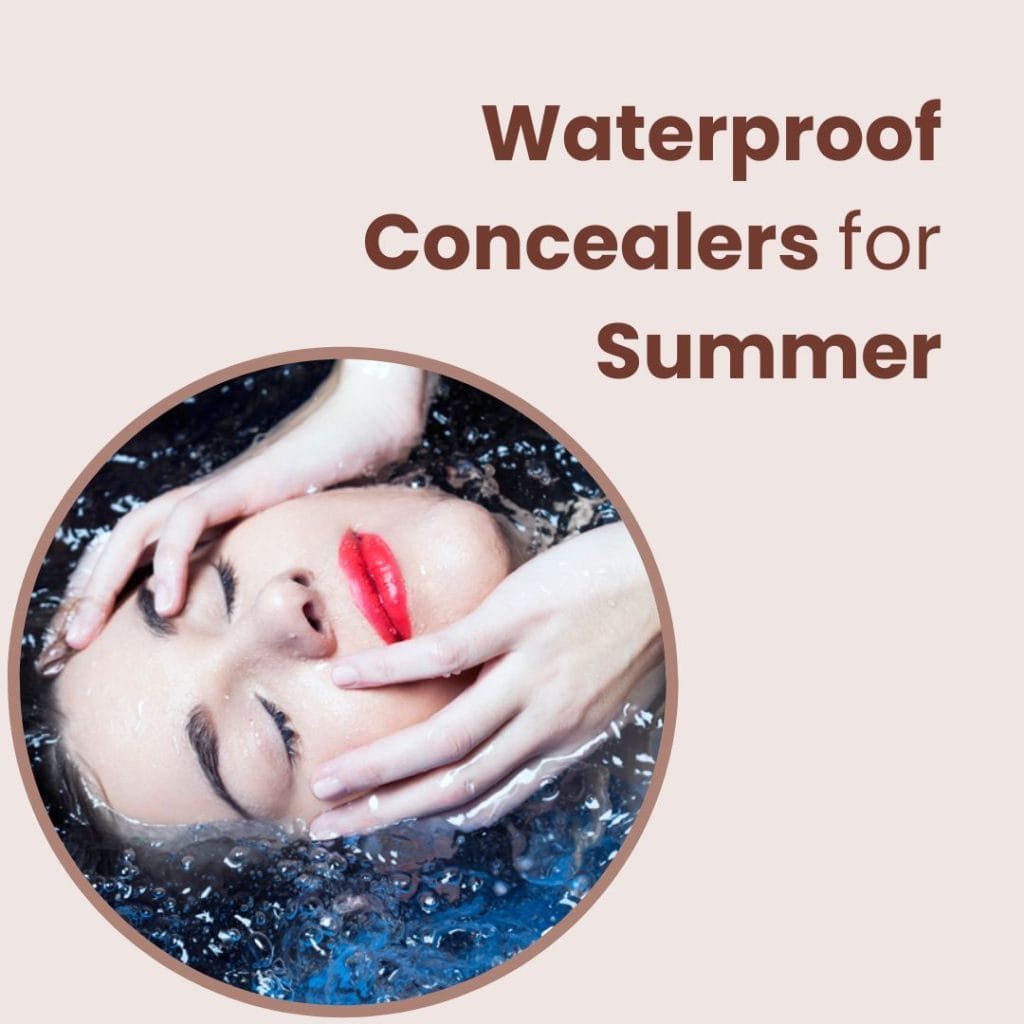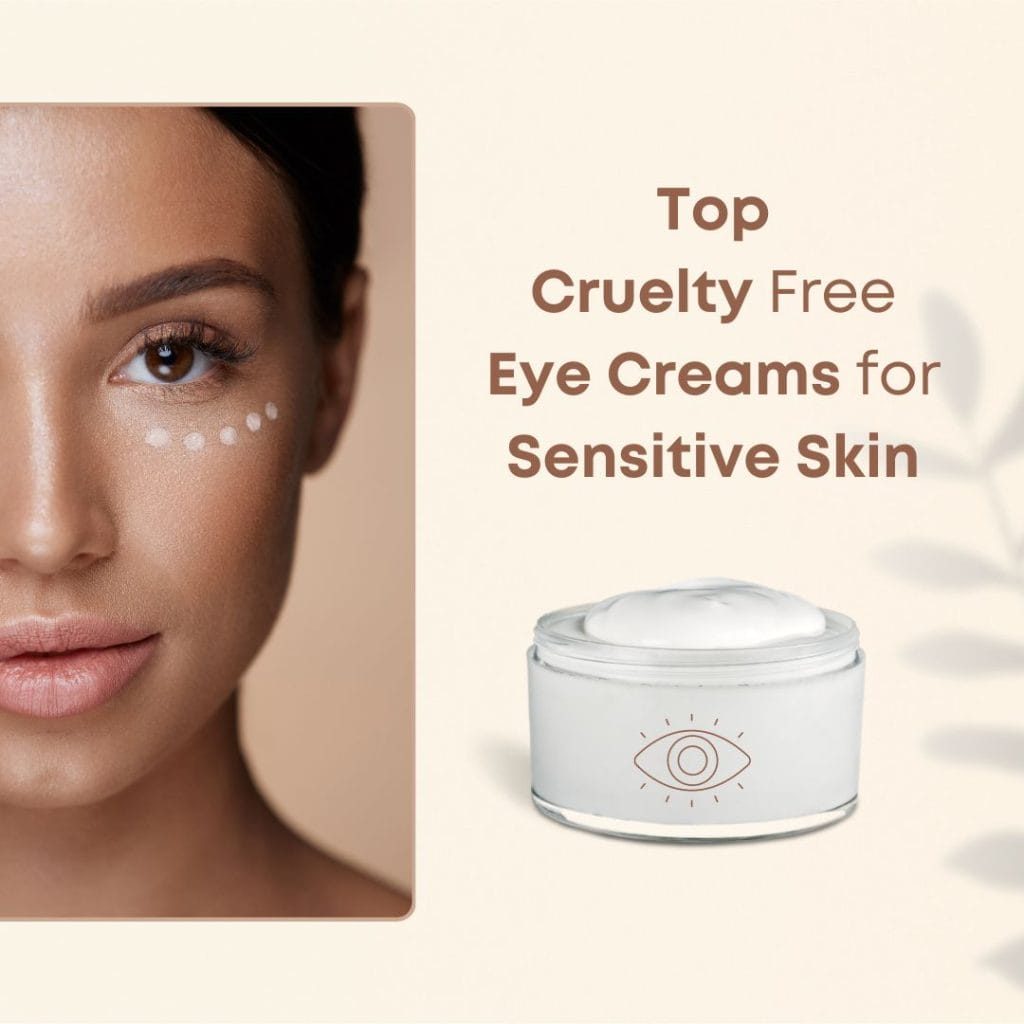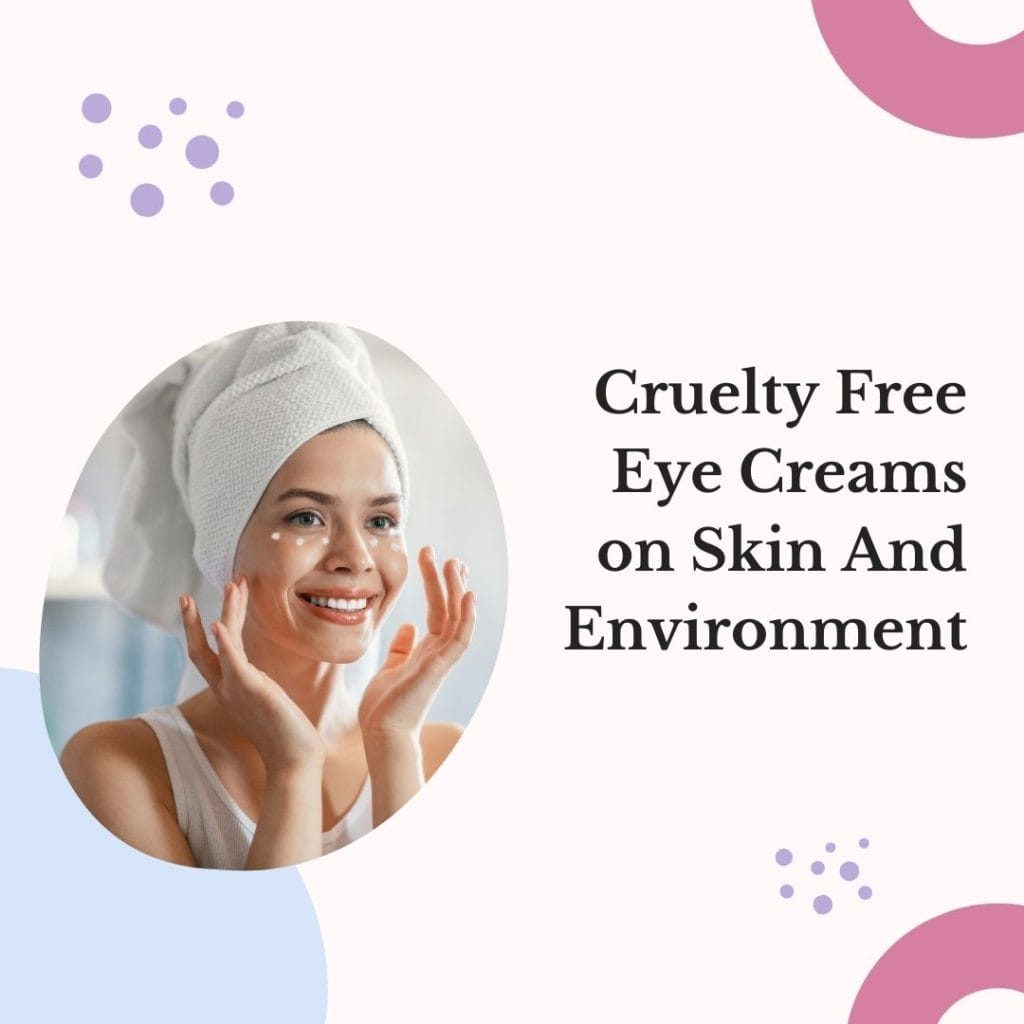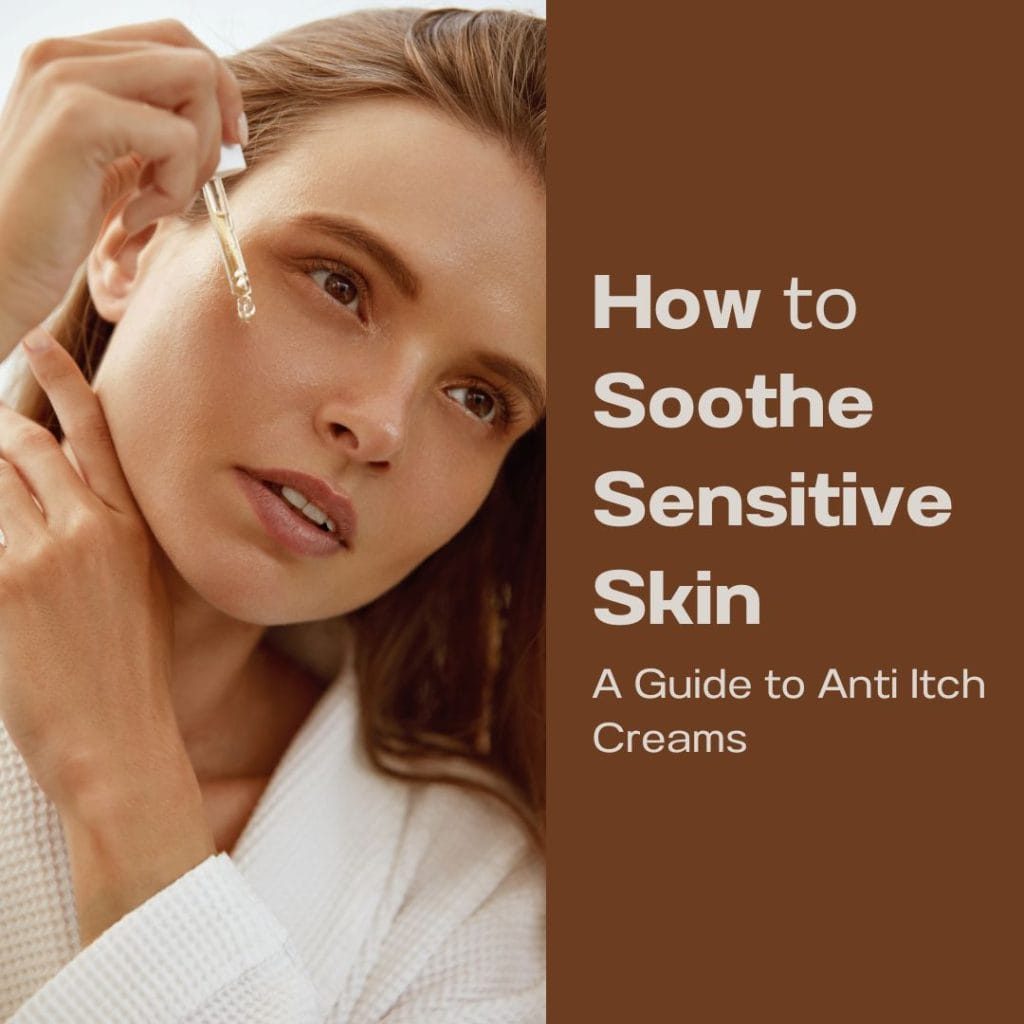Table of Contents
Water plays an important role in keeping our skin smooth, healthy and radiant. That is why every skincare aisle is stocked with products that claim to hydrate and moisturize the skin. However, many people don’t realize is that though they are often used interchangeably, hydration and moisturizing ar, not exactly the same things. While both are crucial for the skin, knowing the difference between the two will allow you to know exactly what your skin needs and you will be able to make the best choices for your skin.
Hydrating Vs Moisturizing: what is the difference?
Hydrants and moisturizers both are designed to address the important needs of your skin i.e. getting it all the water it requires to prevent skin from getting dry and dehydrated. Regular use of a hydrant or a moisturizer also prevents premature signs of ageing and shields the skin from environmental damage. The difference between the two lies mostly in the manner they do their work.
Hydration is a water content in the skin cells that keeps them swell, plump and bouncy. If the skin cells lose this water content and get dehydrated, they get shrivelled leading to lacklustre skin. It means that when you use a topical hydrator, you infuse the skin cells with water and improve its ability to absorb nutrients and moisture.
Whereas, the moisturizers trap and seal the moisture in the skin and strengthen a skin’s protective barrier preventing it from getting dehydrated and keeps the skin soft and smooth.
How to tell if your skin needs a moisturizer, hydratant or Both
If your skin remains dry, the first thing we assume is that a healthy dose of a moisturizer will restore its youthful glow and plump appearance. However, sometimes, this is not true. It is possible that your skin is not dry but dehydrated. If your skin is dehydrated, then you will need a hydrator to restore its health.
Our skin has a natural barrier of lipids that keeps it from getting damaged from the sun and pollutants and prevents water loss. If it doesn’t produce enough lipid cells and keep the lipid barrier intact it starts getting dry and flaky, making it unable to keep the moisture inside. That is where a moisturizer comes in handy.
Moisturizer reduces the amount of water evaporating from the skin to minimize excess water loss from the skin. It traps the moisture in the skin which is particularly helpful if your skin is drying, flaking or peeling.
If you are experiencing a lacklustre and dull complexion with wrinkles and fine lines, that means your skin is battling dehydration. Dehydration occurs when the cells are starved of water due to which they appear shrivelled instead of plump and volumized. People can have dehydrated but moisturized or hydrated but dry skin. We need hydrated, plump and swollen cells for our skin to look full of life.
How to choose the right moisturizer or hydrator
Drinking plenty of water is the best way to keep your skin hydrated. However, those who have already been experiencing dehydrated skin may want to take some extra measures to restore the water content in the skin cells. Supplementing your skin with a topical hydrator that traps water into the cells is a good option. Natural hydrants like aloe vera, honey, marine extracts, hyaluronic acid, and alpha-hydroxy acids. Moreover, synthetic hydrants such as glycerin, propylene glycol and urea can also be good ingredients to help you deal with dry skin.
Hydrating agents are generally good for all skin types. They don’t clog pores as they are water-soluble. However, you need to avoid the products that contain alcohols as they actively irritate and dry out the skin surface.
Moisturizers are available in a wide variety in terms of ingredients and formula. Moisturizers can be heavier or lighter and they are made for different skin types and different seasons. Light lotion or lightweight gel may be great for hot summer and warm, sweat spring months. Heavier products with ceramides, butter, oils or dimethicone work perfectly for skin’s winter needs. These ingredients not only work great as moisturizers but they are also helpful for counter free radical damage and the signs of ageing.
A light, oil-free moisturizer. In the form of lotion works best for the acne-prone skin as they have more water content and less oil. Whereas if your skin is dry, an emollient cream or a serum is perfect for you.
Moisturizers and hydrators should be applied twice in the day for the best results. Applying moisturizing cream or lotion after applying a hydrator prevents it from peeling.

